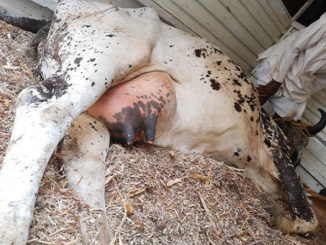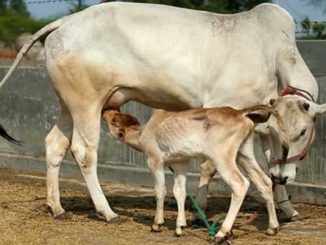Scours is one of the prominent sign of neonatal mortality
Causes
Cryptosporidiosis
It is a common cause of scours in new born lambs & kids between 5-15 days of age (may be 30 days also)
Route of infection: By ingestion
Symptoms: Watery, yellowish and mucus containing feaces is observed
- Prevention is always better than cure
- It it of Zoonotic importance

Giardiasis
Giardiasis is a protozoan infection which causes transient diarrhoea in new born lambs & kids between 14-28 days of age, Infected weaned/ adults Source of infection without diarrhoea
Route of infection: by ingestion
- Prevention is always better than cure
- It is of Zoonotic importance
- Fenbendazole is drug of choice
Infectious causes of Scours
Bacterial causes
- E.coli:1-4 days age
- Salmonella: 1-7 days
- Cl.perfringens: 1-21day
Viral Causes
- Rota & Corona: 2-14days
Protozoal causes
- Coccidia: 60-120days age
- Cryptosporidia: 5-10 days
- Giardia: 0-30days age
Prevention
- No overcrowding
- Proper sanitation & Biosecurity
- Adequate feeding of colostrum
- Prophylactic use of oral antibiotics to prevent scours
Neonatal mortality due to Lamb dysentery
- It is caused by Clostridium perfringens-B
- It affects first 2-3 week age group lambs
- Clostridium perfringens is present in the soil
Route of infection: by ingestion
- Morbidity is high
- Mortality 100%
Prevention
- Proper sanitation & Biosecurity
- Sufficient colostrum feeding
- Prophylactic measures
- Vaccine is not available
| The content of the articles are accurate and true to the best of the author’s knowledge. It is not meant to substitute for diagnosis, prognosis, treatment, prescription, or formal and individualized advice from a veterinary medical professional. Animals exhibiting signs and symptoms of distress should be seen by a veterinarian immediately. |






Be the first to comment